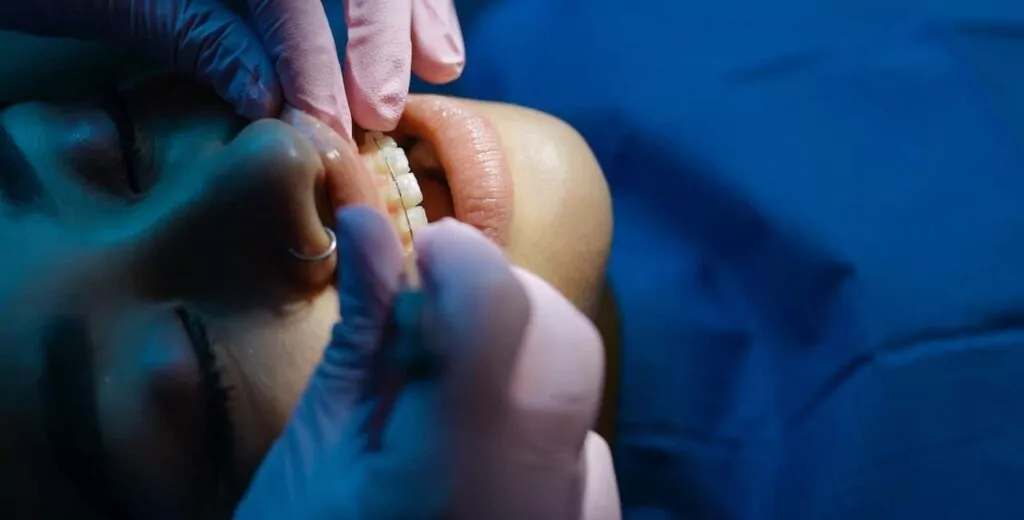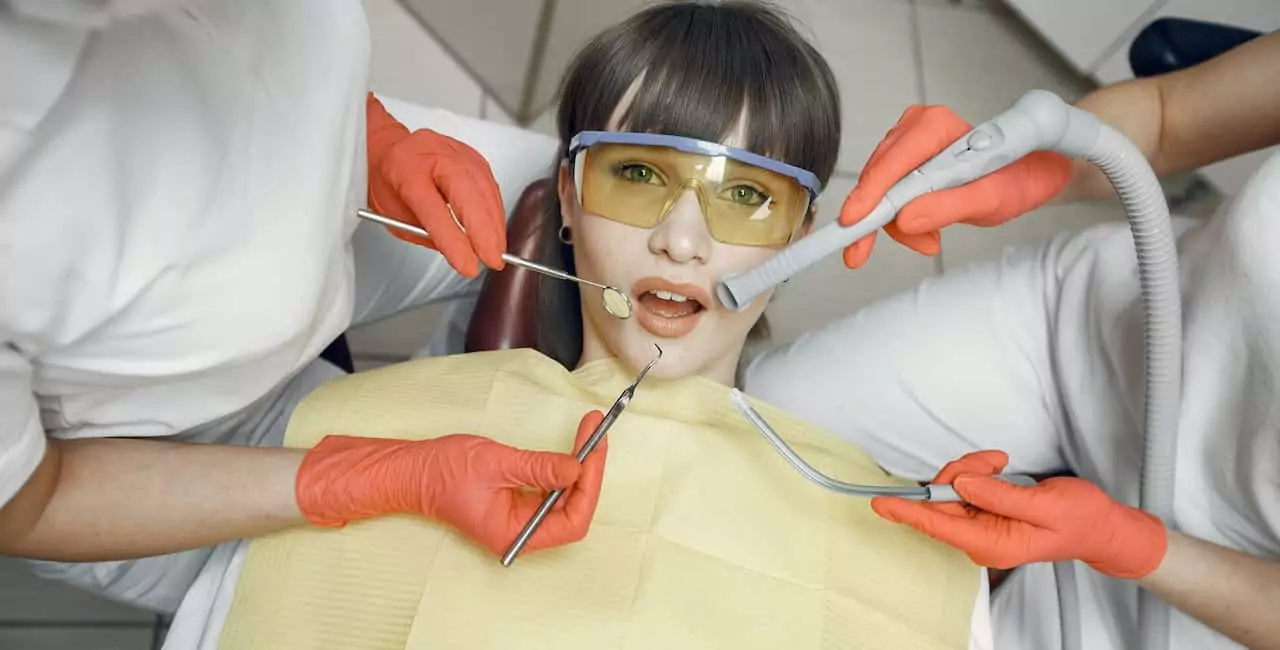Regular oral hygiene maintenance practices, including brushing twice daily, flossing, rinsing the mouth after every meal, and using mouthwashes, are vital to maintaining strong and whiter teeth and healthy gums. Tooth decay or dental caries may happen for many reasons, like the destruction and dissolution of enamel because of acidic pH created by food accumulation and bacterial reactions.
Apart from this, a fracture or crack in a tooth may destroy the tooth’s layers, ultimately requiring dental filling or, more appropriately, restoration. Any trauma to the tooth because of sports, heavy physical activity, or road traffic accidents may lead to injury to layers of tooth and pulpal damage. This needs restoration to save the natural tooth and increase its longevity. A decayed tooth interferes and changes the chewing pattern, which ultimately affects the masticatory muscles and the jaw joint in a negative way. The change in the occlusal (tooth to tooth contact of upper and lower teeth) alignment of the teeth exerts a negative pressure on the muscles of mastication, including the buccinators. Moreover, a decay in the tooth may lead to an abscess or cystic lesion, which may even lead to bony changes in due course of time.
To avoid the above symptoms, dental filling or restoring the tooth is essential to preserve the tooth structure and have a healthy and bright smile. This blog intends to help you know about different dental restorative procedures and types of filling materials available at a dental office.
Recent Advancements in Tooth Restoration Technology
Any crack or decay in the tooth or chipping off of layers of the tooth ruins your smile and ultimately leads to sensitivity and pain in the region. Dental restoration or filling in the tooth is done to curb the decayed process and restore the normal functioning of the tooth while eating, chewing, or smiling. Many dental fillings are available at a dental office that your dental professional recommends according to your needs and choice of material. With time, dental materials, including dental filling materials, have gone through many advancements in bond strength with the tooth structure and its appearance.
Initially, amalgam with mercury content was used to restore tooth decay. With the increase in awareness and its adverse effects on health and the environment, the use of mercury and amalgam has been banned by dental associations and concerned governments. The various alternate filling materials like glass ionomer cement, composite material, and many others are now widely used in dental offices with no/minimal side effects, better bond strength, and appearance as they are tooth-colored materials irrespective of amalgam that was metal-colored.

Dental filling materials are not excluded in the digital era when computers govern everything. All-ceramic restorations are now made using computers. Dentists can deliver high-class restorations quickly using CAD-CAM (computer-aided designing-computer-aided machining). CEREC, or chair-side economical restoration of aesthetic ceramics, is the most common system used to provide high-end aesthetic dental fillings in less than an hour. Computers design these materials, hence have high precision, good bond strength with the tooth structure, and high aesthetic value.
The veneers are used in cosmetic dental procedures where tooth discoloration, minor chips or fractures, or internal stains like in amelogenesis imperfecta can be easily hidden. To put the layer of porcelain veneer over the tooth, a dentist has to cut the little portion of your tooth to get the veneer properly seated over the tooth structure. But, nowadays, thin porcelain veneers require minimal tooth cutting and better placement of veneers on the tooth structure with better aesthetic value than before.
Recent cutting-edge technology in the field of dental fillings is resin-infiltrated fillings. The restorative procedure is now simplified, where resin-infused fillings are applied in the tooth cavity and cured using a special dental curing light. The filling gets solidified within no time, and there is no pain or discomfort to the patient as it does not require extra drilling or tooth cutting.
The surgical procedure has become relatively easy and precise with recent advances in dental implants with improved technology, material, and application techniques. These implants last longer than before and provide good strength to bear the masticatory forces.
Various ongoing studies are working toward the role of regenerated stem cells in dentistry—this helps stimulate cellular growth and healing.
Takeaway Note
Dental fillings are important as they aid in preserving the remaining tooth structure. Various dental fillings and several advancements are making the procedures simple for dental professionals and patients with a more aesthetic outcome.




